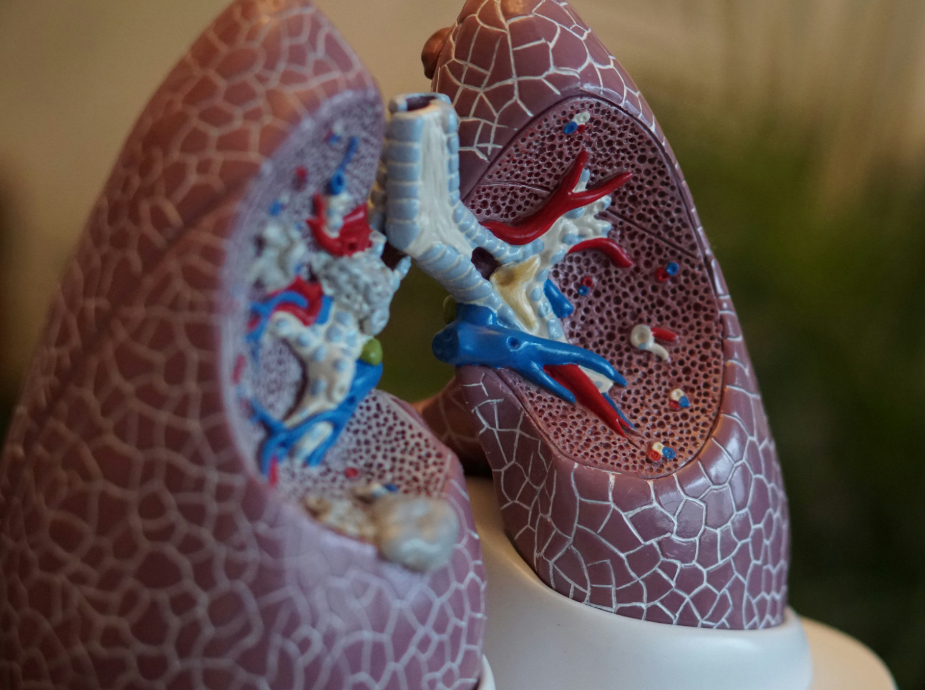Pulmonary hypertension (PH) lowers diffusion capacity primarily because it disrupts the normal structure and function of the pulmonary vasculature and alveoli, which are critical for effective gas exchange. Diffusion capacity, often measured as DLCO (diffusing capacity of the lung for carbon monoxide), reflects how well gases like oxygen move from the alveoli into the bloodstream. Here’s a breakdown of why PH impacts this process:
- Thickening of the Alveolar-Capillary Membrane: PH is characterized by increased pressure in the pulmonary arteries, which can lead to vascular remodeling. This includes thickening of the arterial walls and, in some cases, the alveolar-capillary membrane. A thicker membrane slows the diffusion of gases, as oxygen has to travel a greater distance to reach the bloodstream.
- Reduced Pulmonary Capillary Blood Volume: In PH, the high pressure in the pulmonary arteries can reduce the recruitment and distensibility of pulmonary capillaries. Since DLCO depends on the volume of blood available in the capillaries for gas exchange, a reduction in this volume directly lowers diffusion capacity.
- Ventilation-Perfusion (V/Q) Mismatch: PH can cause uneven blood flow distribution in the lungs. Some areas may be under-perfused due to vascular obstruction or vasoconstriction, while others are over-perfused. This mismatch means that even well-ventilated alveoli may not contribute effectively to gas exchange, reducing overall diffusion capacity.
- Pulmonary Edema in Secondary PH: If PH is secondary to left heart disease (e.g., congestive heart failure), increased pulmonary venous pressure can lead to fluid leakage into the alveolar spaces (pulmonary edema). This fluid creates an additional barrier to gas diffusion, further lowering DLCO.
- Loss of Alveolar Surface Area: In some forms of PH, particularly those associated with underlying lung diseases (e.g., COPD or interstitial lung disease), there may be destruction or fibrosis of alveolar tissue. This reduces the surface area available for gas exchange, contributing to lower diffusion capacity.
In summary, pulmonary hypertension impairs diffusion capacity through a combination of structural changes (thicker membranes, reduced capillary volume), functional issues (V/Q mismatch), and secondary effects like edema or alveolar loss. The extent of the reduction often correlates with the severity of PH and the underlying cause, such as whether it’s primary (e.g., pulmonary arterial hypertension) or secondary to other conditions.


Leave a Reply